Teaching Complex Analysis
With A Spherical Camera
MathFest 2017
Robert Jacobson, Roger Williams University
July 28, 2017
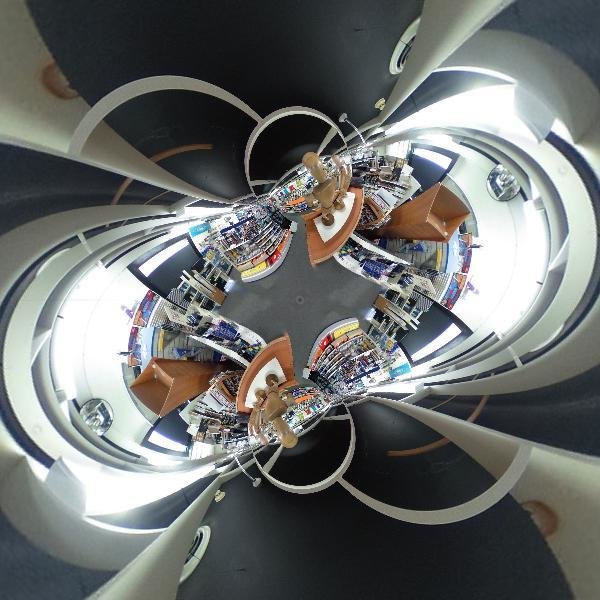
Follow along on your own device by visiting
Tools
Hardware
Software
Course Material
Spherical Camera
Ricoh Theta S: ~$320
Ricoh Theta SC: ~$200
https://theta360.com
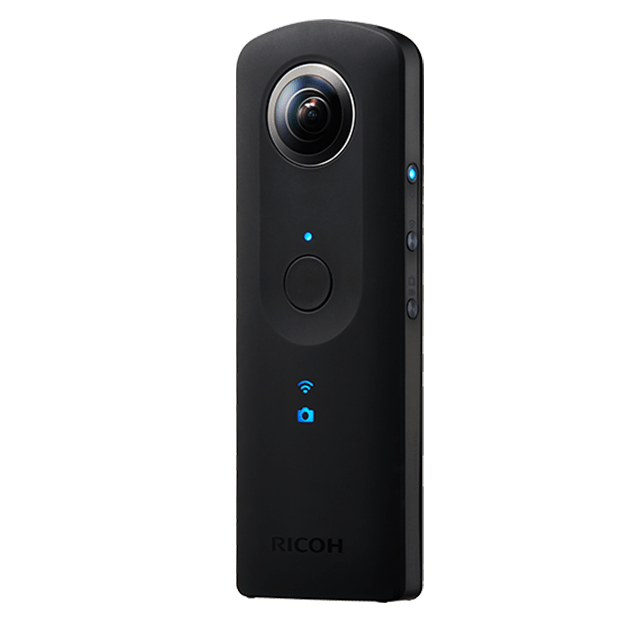
Spherical Camera
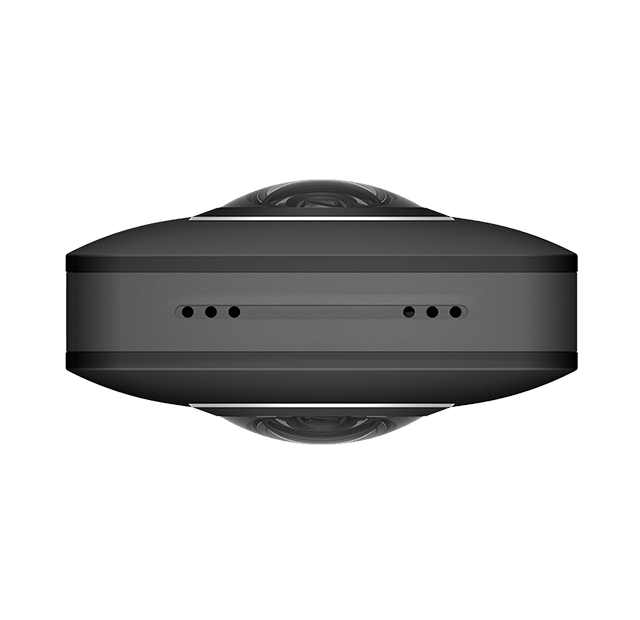
\(190^{\huge \circ}\) Fisheye Lens
\(190^{\huge \circ}\) Fisheye Lens
Spherical Photos
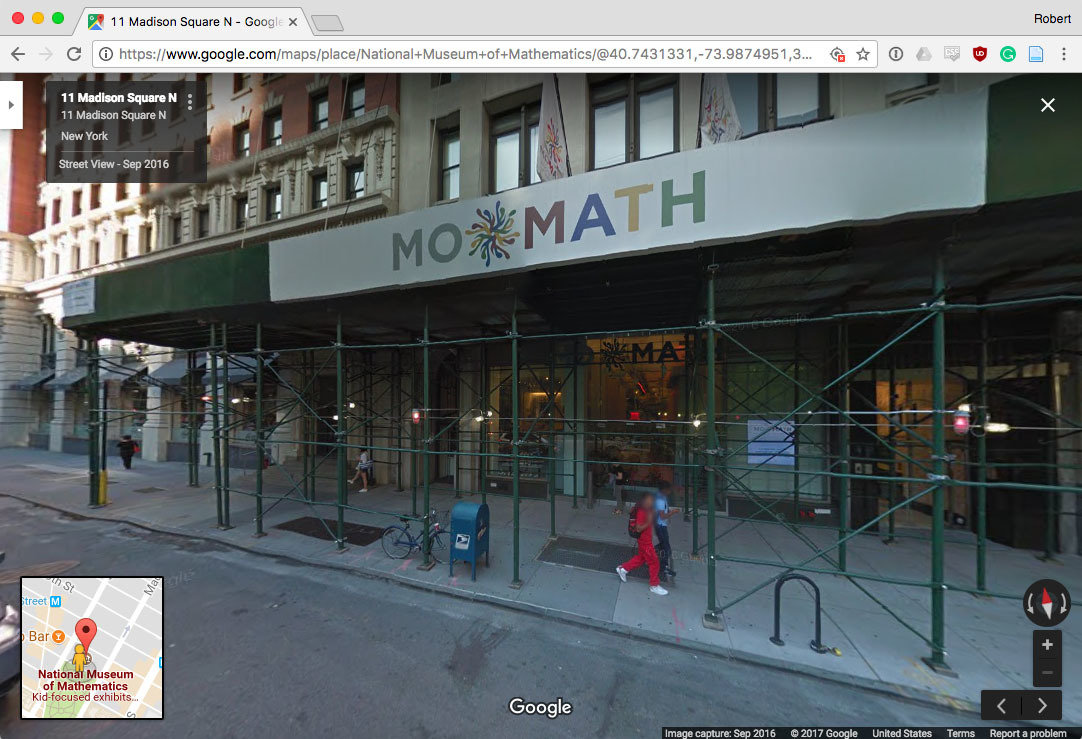
Google Street View
Spherical Photos
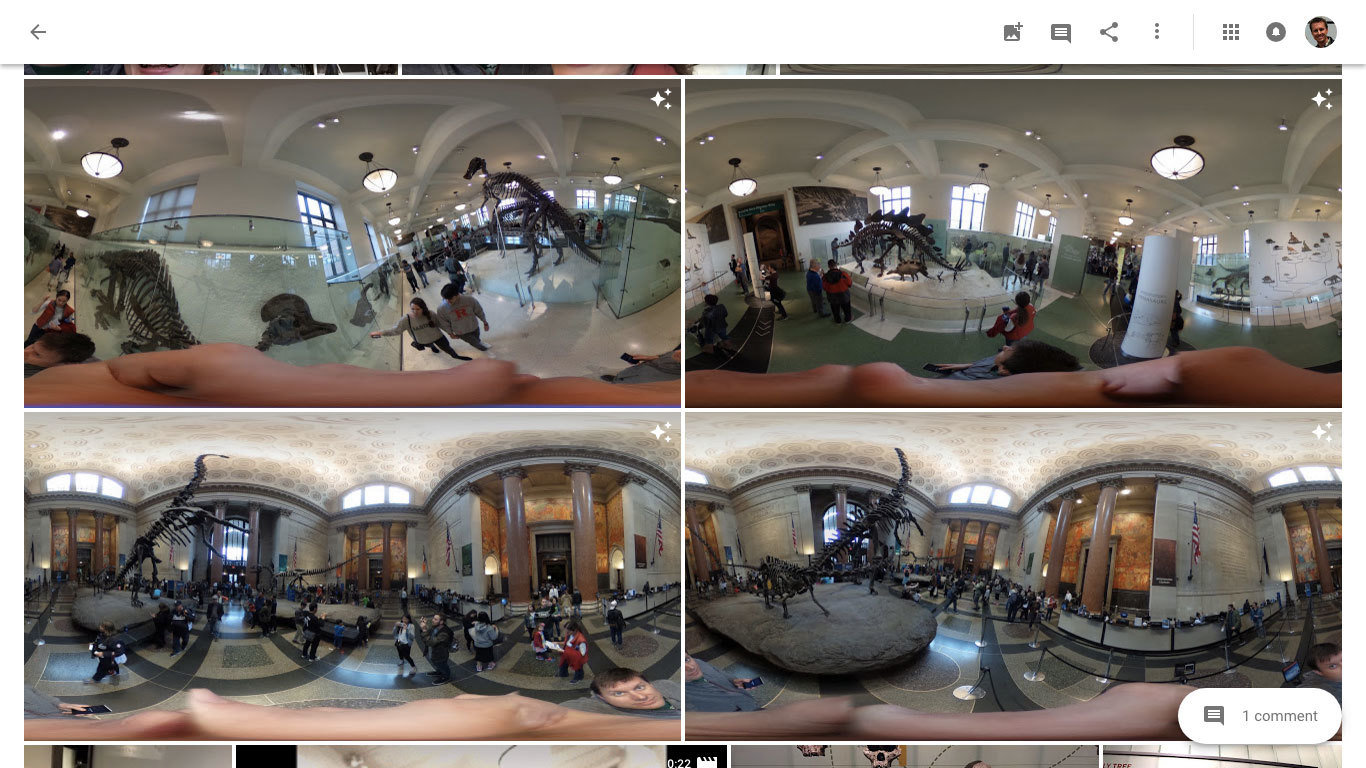
Google Photos
MathFest 2017
Fun Example Spherical Photos
Spherical Photos

Spherical Photos Video

YouTube
Spherical Photos
Theta iOS app
Equirectangular Projection
Spherical Coordinates
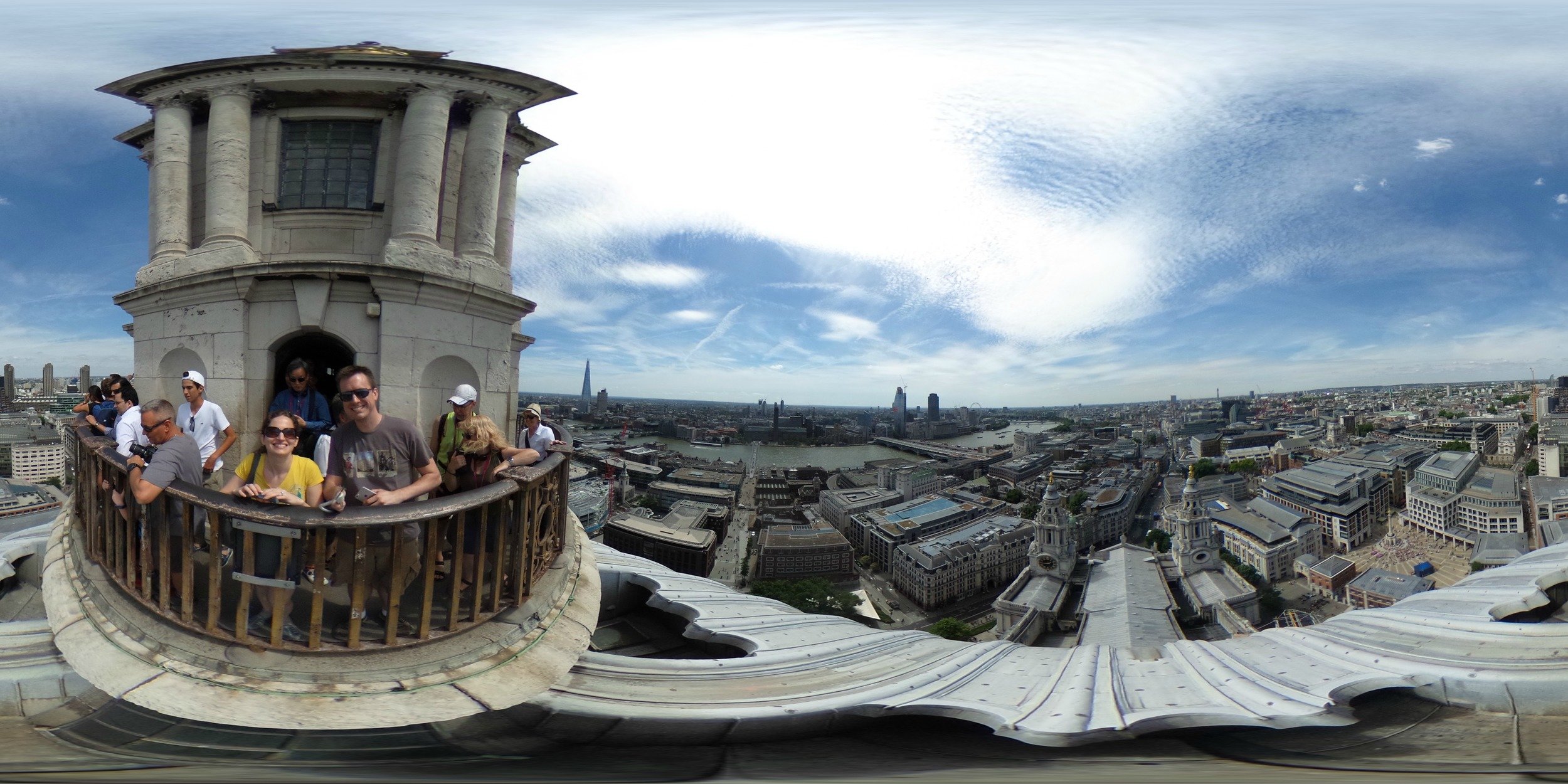
\(\theta\) azimuth
\(\varphi\) inclination
\(0\)
\(0\)
\(2\pi\)
\(\pi\)
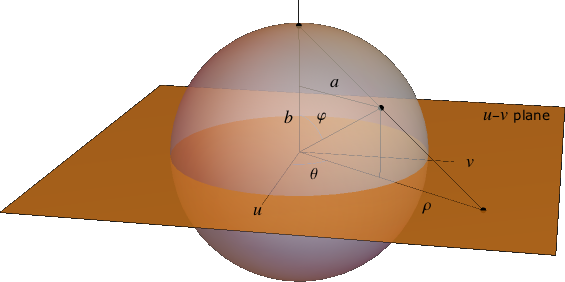
Cubic Projection
"Cubemap", Quadrilateralized Spherical Cube, "Quadsphere"
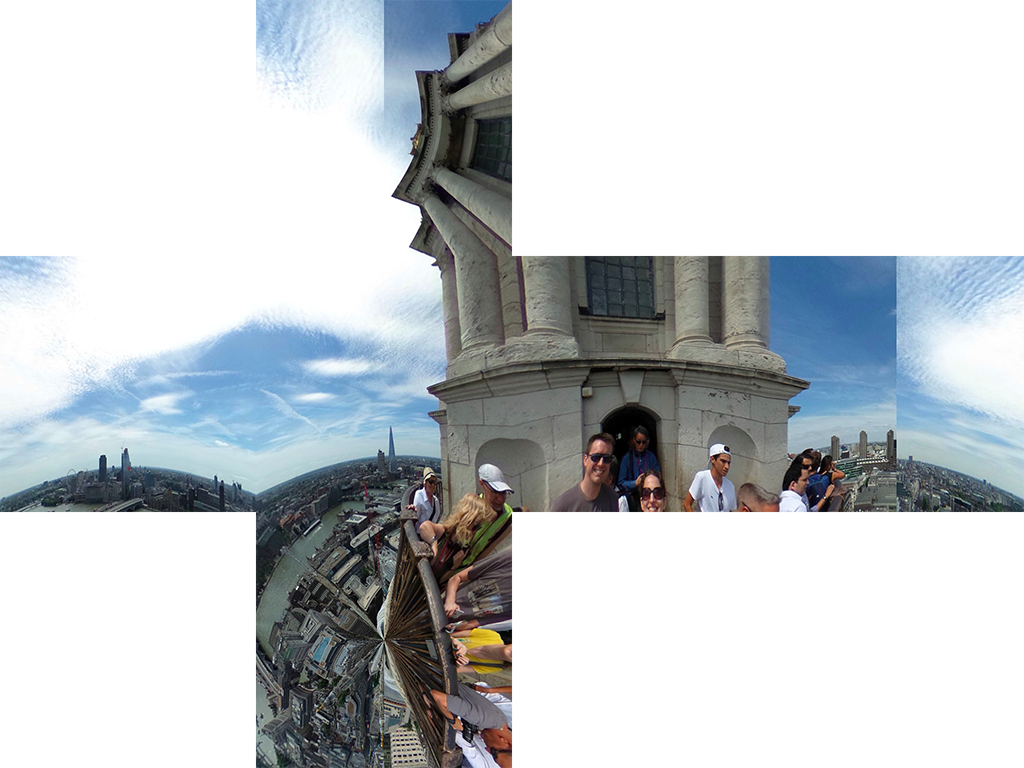
Image Source: Prof4 (http://proj4.org/projections/qsc.html)
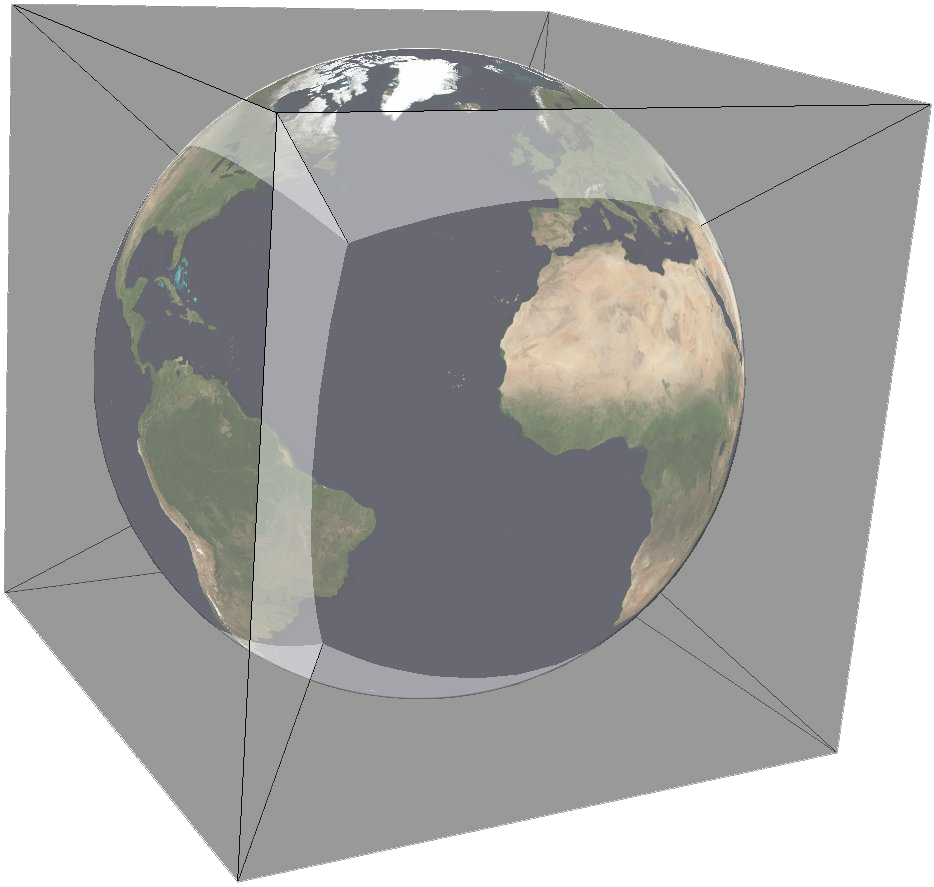
Software
MIT License, Copyright 2014 David Bau.
Software
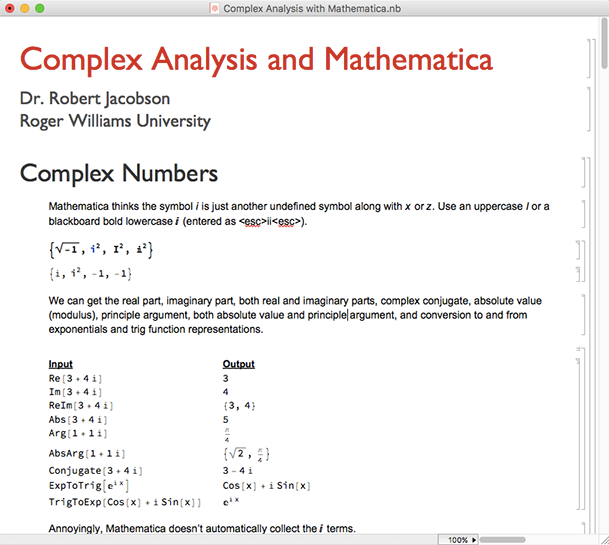
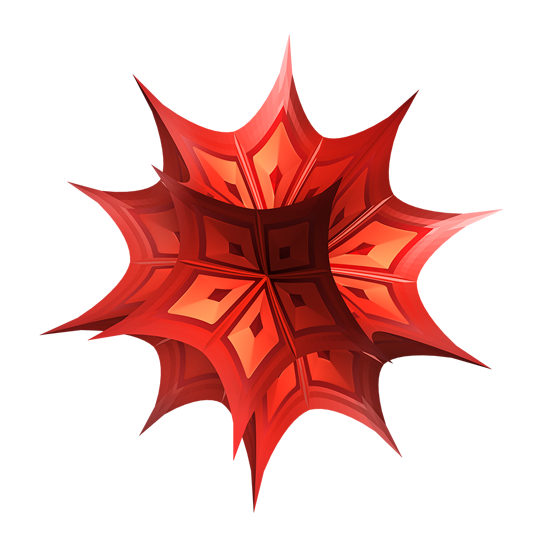

Software
Python?
Mathematics Meets Photography, Part I: The Viewable Sphere
Mathematics Meets Photography, Part II: Conformal Is the New Normal
Mathematics Meets Photography
Math Horizons
by David Swart and Bruce Torrence
Mircea Pitici, ed. The Best Writing on Mathematics 2012, Princeton University Press, Princeton, NJ 2012.
David Swart and Bruce Torrence
Math Horizons
Vol. 19, No. 1 (September 2011), pp. 14-17
David Swart and Bruce Torrence
Math Horizons
Vol. 19, No. 2 (November 2011), pp. 24-27
Course Material
Course Material



Course Material
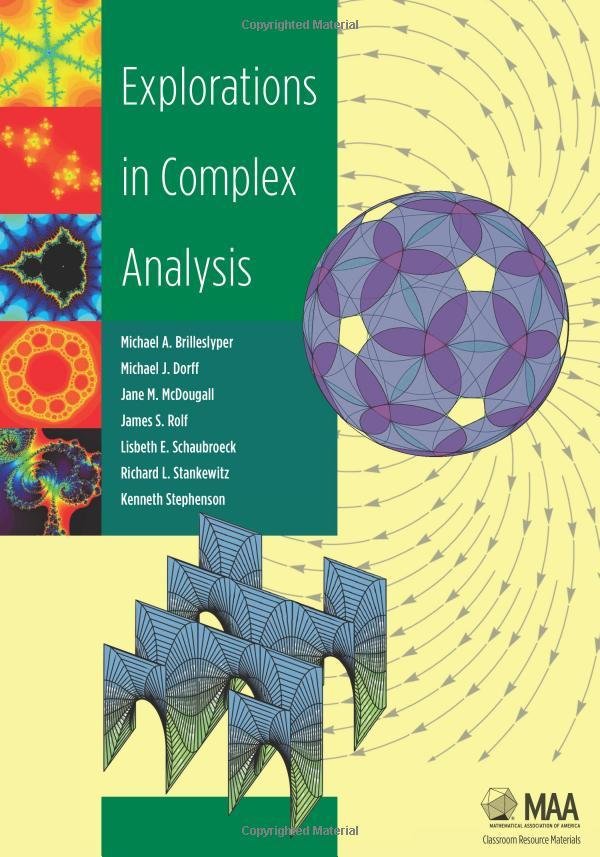
Explorations in Complex Analysis is written for mathematics students who have encountered basic complex analysis and want to explore more advanced projects and/or research topics. It could be used as
- a supplement for a standard undergraduate complex analysis course, allowing students in groups or as individuals to explore advanced topics,
- a project resource for a senior capstone course for mathematics majors,
- a guide for an advanced student or a small group of students to independently choose and explore an undergraduate research topic, or
- a portal for the mathematically curious, a hands-on introduction to the beauties of complex analysis.
Explorations in Complex Analysis
Michael A. Brilleslyper, Michael J. Dorff, Jane M. McDougall, James S. Rolf,
Lisbeth E. Schaubroeck, Richard L. Stankewitz, and Kenneth Stephenson
MAA Press, 2012
Henry Segerman
Spherical Video
Henry Segerman
Spherical Video
Henry Segerman
Spherical Video
Henry Segerman
Spherical Video
Course Materials
Many Other Great Small Sources
Vladimir Bulatov: Conformal Models of the Hyperbolic Geometry (1, 2, 3, 4)
Droste Effect (1, 2, 3)
B. de Smit and H. W. Lenstra Jr.: The Mathematical Structure of Escher’s Print Gallery (1)
Course Materials
The Mathematical Structure of Escher's Print Gallery
B. de Smit and H. W. Lenstra Jr.
Notices of the AMS, volume 50, number 4, pages 446-451, 2007.
"The map \(h(w)\) is given by the easy formula \(h(w)=w^{(2\pi i + \log 256)/(2\pi i)}\)."
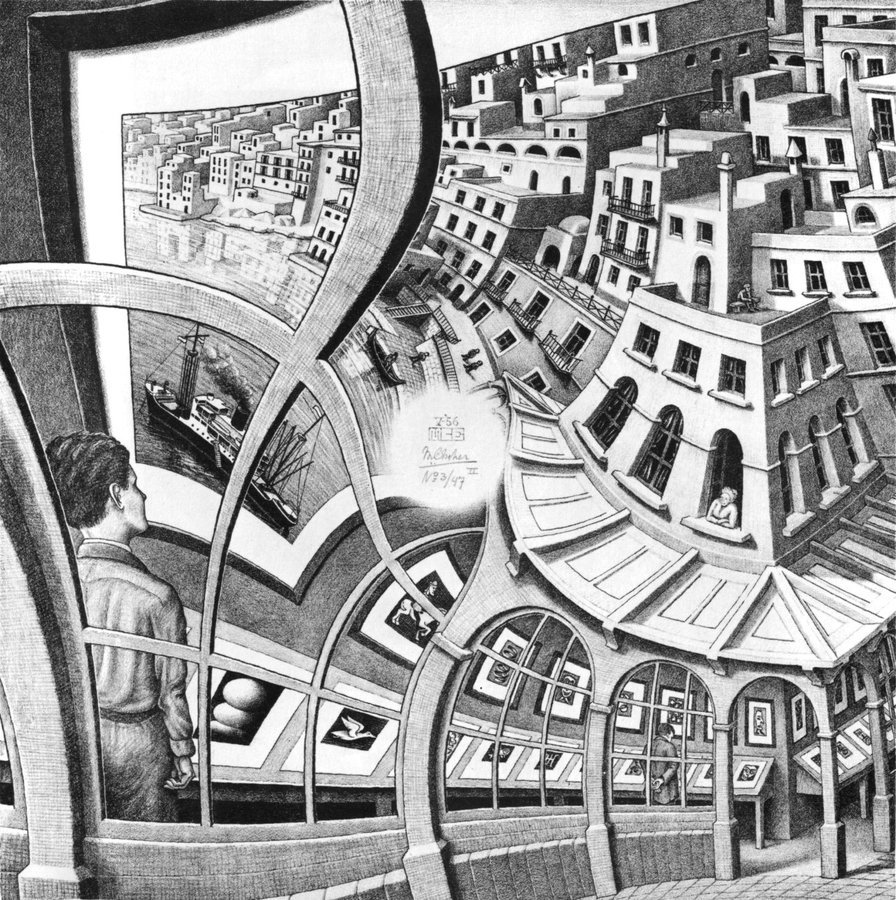
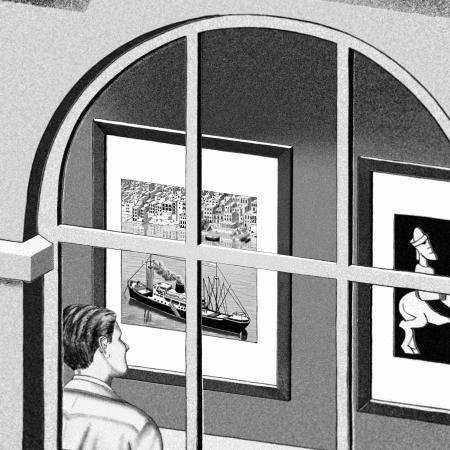
De-Escherization
What I Did in My Class
Mini Projects
-
Three mini projects throughout the semester.
-
Worth about two homework assignments.
-
Many different mini project opportunities, including projects students may suggest themselves.
Group Project
-
Groups of 2 or 3.
-
A short paper using LaTeX written as if it were a section of a textbook about the topic
-
A physical model somehow illustrating the topic using a spherical photo (or possibly multiple photos) they took
-
A research poster to accompany and explain the model and the topic.
-
In-class lecture for the topic
-
Peer critiques of classmate's projects
Mini Projects
Fractals from iterative maps
Create a Mathematica notebook exploring fractals generated by iteration of simple functions of a complex variable. For example, the function \(f_c(z) = z^2 + c\) starting with \(z = 0\). (What happens if you fix \(c\) and let \(z\) vary instead?)
Droste Spirals
Using a photo you take, construct a "Droste spiral" by transforming the photo with the map \(e^{\text{rotation}(\log(z))}\). See my slides for examples and a mathematical explanation: http://slides.com/robertjacobson/deck#/11. Website to make the spiral images: external link: http://www.photospiralysis.com/.
Stereographic projection of the Riemann sphere
Derive the mathematics of external link: stereographic projection of the Riemann sphere. In particular, derive the formulas mapping the point \(z = x + yi\) on the plane to the corresponding point \((x, y, z)\) on the unit sphere and vice versa. Then derive the maps from the plane to the plane that correspond to rotations of the sphere.
Mini Projects

Figure 1: Crocheted Hyperbolic Surface
Group Projects
How
-
Mathematica or other computer software. I will help you with this part if you need it.
-
LaTeX (external link: Overleaf, external link: ShareLaTeX, external link: SageMath Cloud, etc.)
-
Physical models (globe, or something else if you discuss it with me first)
-
Poster
-
In-class presentation
Your work will involve the following tools and activities.
Group Projects
What
-
A short paper using LaTeX written as if it were a section of a textbook about your topic. The audience of the "textbook" is your classmates. You are welcome to review how other undergraduate textbooks presented the topic, but your paper must be your team's own writing.
-
A physical model somehow illustrating the topic using a spherical photo (or possibly multiple photos) you took. Feel free to be creative. Come to me if you need coding help—don't spend hours getting nowhere!
-
A research poster to accompany and explain the model and your topic. The poster and model will be displayed in the MNS atrium or at SASH. You might wish to incorporate your spherical photos in the poster as well. Again, feel free to be creative and to come to me for coding help.
-
You will give us the in-class lecture for your topic.
-
Peer critiques of your classmate's projects in the form of a completed peer critique worksheet I will supply.
You and your teammate will choose a topic from the list below and create the following artifacts:
Group Projects
Grading
Your project is worth 100 points broken down according to the table below.
| Points | Comprised of... |
|---|---|
| 10 | Your peer critique of other projects |
| 20 | Your peer's critique of your project |
| 30 | In-class presentation |
| 30 | Your written paper |
| 10 | Secret sauce (i.e. my overall judgment of your work) |
| +10 | Bonus points possible for artistic merit |
| Total: | 100 points (but with extra credit possible) |
Physical Models
"Hardware"
Physical Models

Physical Models

Physical Models
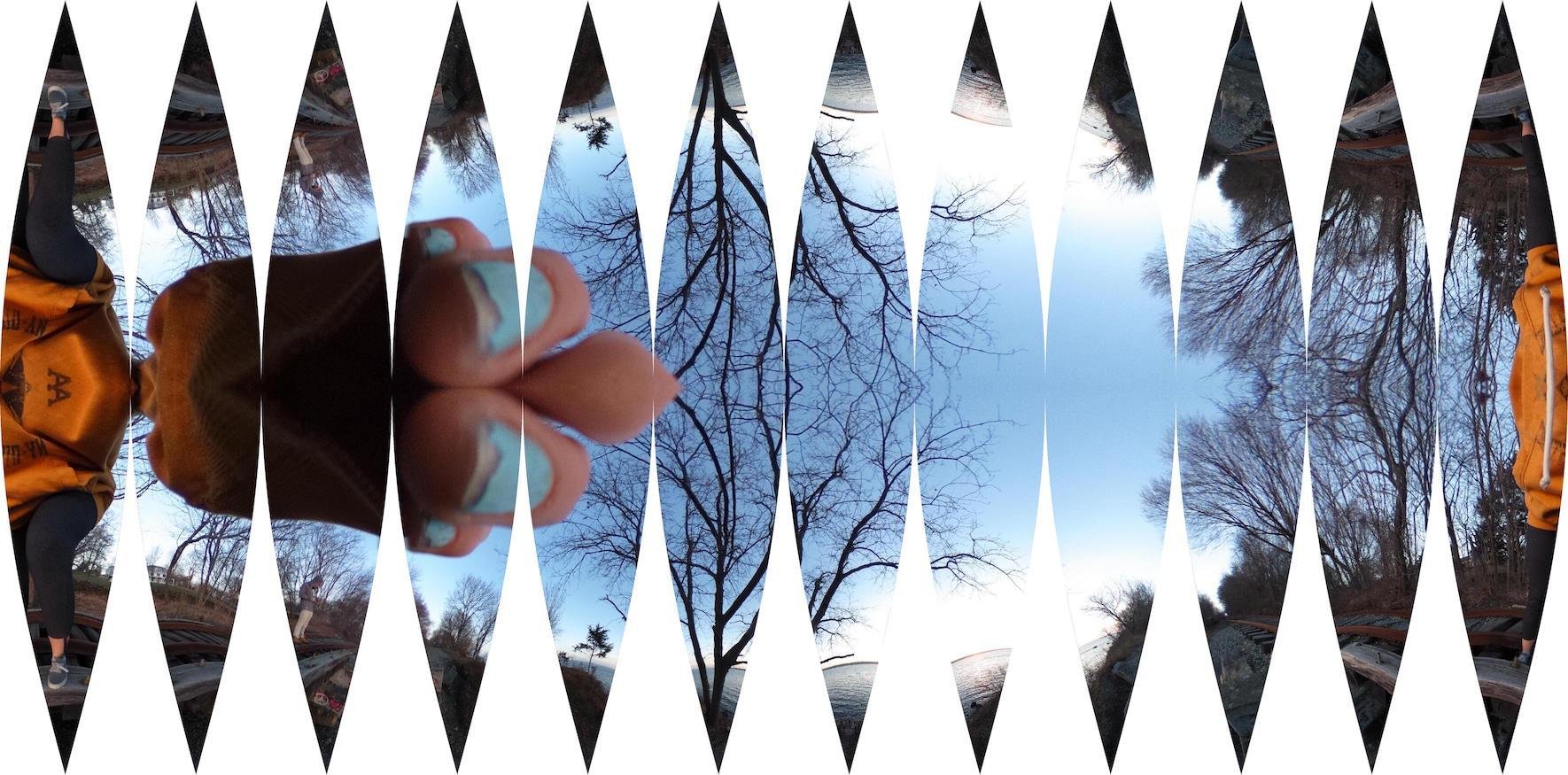
Physical Models
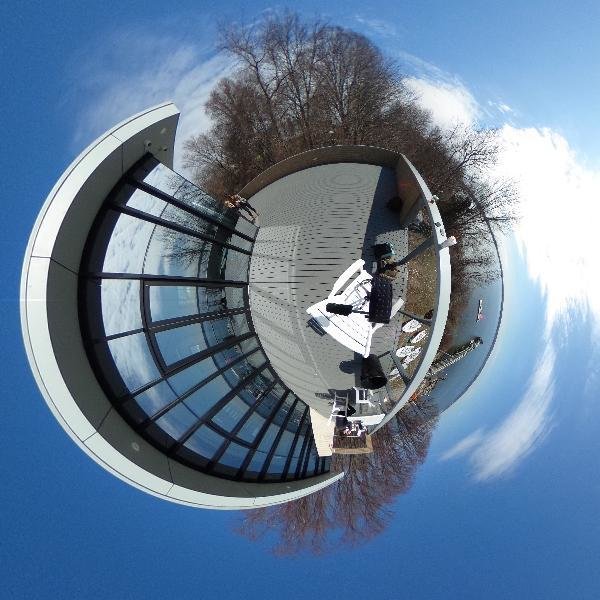
Physical Models
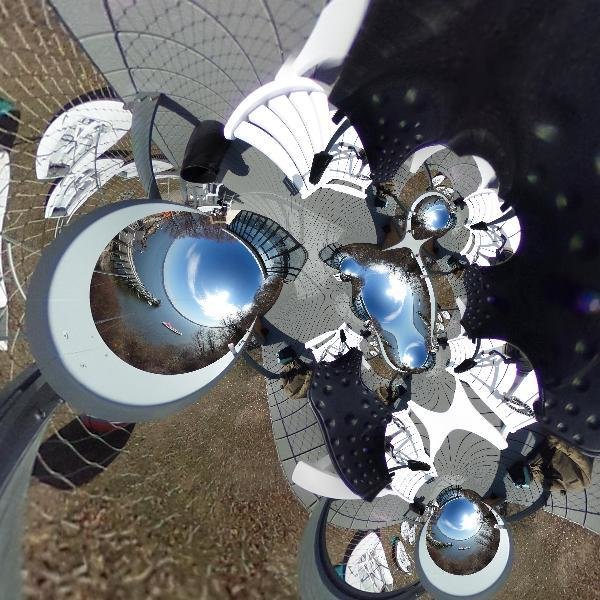
Physical Models
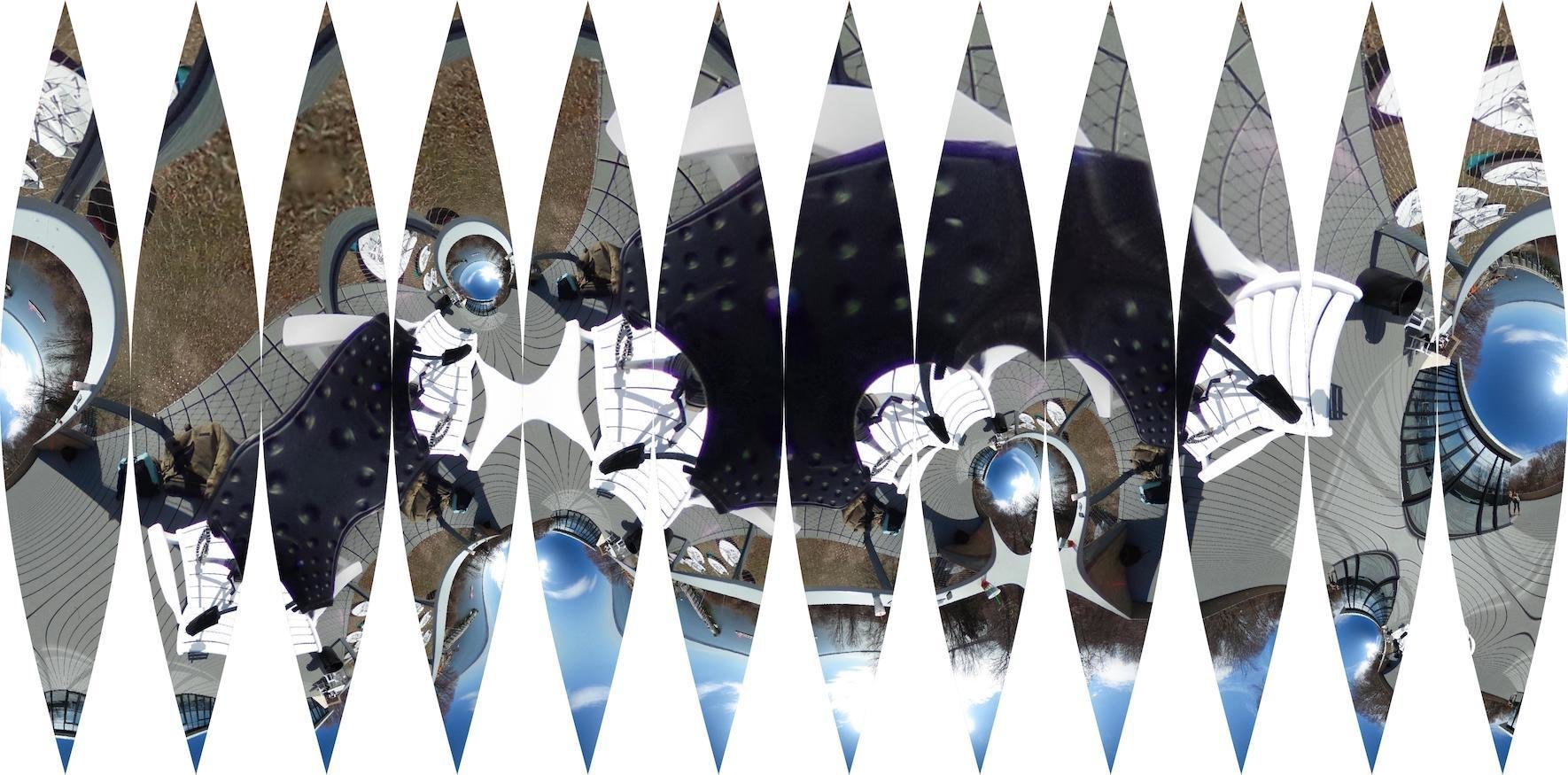
Mathematics
Riemann Sphere
Shine a laser pointer from the north pole to a point on the plane. The beam passes through a point on the sphere somewhere.

Riemann Sphere
Many Concepts Become Natural
Special cases are no longer special:
- \(\lim_{z\to\infty} f(z)\)
- "\(f(\infty)\)"
- For a meromorphic function \(f\), \(\mathrm{Res}(f(z), \infty) = -\mathrm{Res}\left(\frac{1}{z^2}f\left(\frac{1}{z}\right), 0\right)\).
Riemann Sphere
Many Concepts Become Natural
Möbius Transformations:
$$f(z)=\frac{az+b}{cz+d}$$
$$[z_1, z_2, z_3, z_3]:=\frac{(z_1-z_2)(z_3-z_4)}{(z_1-z_4)(z_3-z_2)}\quad \mathrm{(cross\, ratio)}$$
Riemann Sphere
Many Concepts Become Natural
Residue Theorem: If \(f(z)\) is a rational function and \(C\) is a sufficiently large circle, then \(\oint_{C} f(z)\, dz=2\pi\, i \,\mathrm{Res}(f, \infty)\).
Riemann Sphere
Many Concepts Become Natural
The Argument Principle: If \(f(z)\) is a meromorphic function inside and on some closed contour \(C\) that avoids any zeros and poles of \(f(z)\), then $$\oint_{C} {f'(z) \over f(z)}\, dz=2\pi i (N-P)$$ where \(N\) is the number of zeros and \(P\) the number of poles of \(f(z)\) respectively, counted with multiplicity, inside of \(C\).
Riemann Sphere
Many Concepts Become Natural
Models of the Hyperbolic Plane:
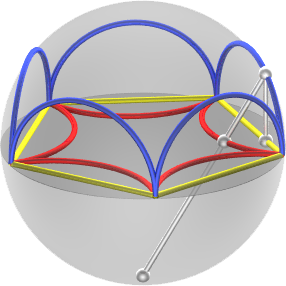
- Northern Hemisphere
- Poincaré Half-plane (Eugenio Beltrami)
- Klein/Cayley-Klein Disk (Eugenio Beltrami)
- Poincaré Disk (Bernhard Riemann?
or Eugenio Beltrami)
Robert Jacobson
rjacobson@rwu.edu
Teaching Complex Analysis With A Spherical Camera
By Robert Jacobson
Teaching Complex Analysis With A Spherical Camera
Teaching Complex Analysis With A Spherical Camera. MathFest 2017.
- 1,613



